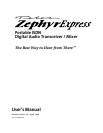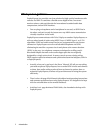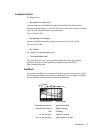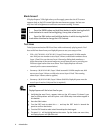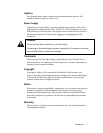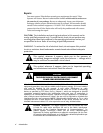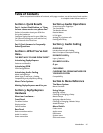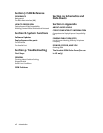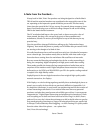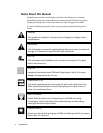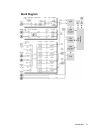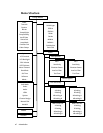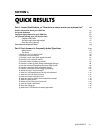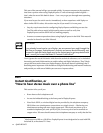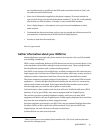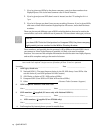Introduction ix
A Note From the President...
Waaay back in 1984, Telos’ first product was being designed on a Radio Shack
TRS-80 and the attached modem was considered to be respectably state-of-the-
art, operating at the impressive speed of 300 bits per second. This was nearly
three times the speed of the 110 bps, twenty-five pound, phone company-issue
boxes I had been using over at the local college campus to talk to the hulking
IBM in the bomb-shelter basement.
The PC revolution had begun a few years back, so there were quite a few of
them around, but they were, except for by grace of these modems and
mainframes, islands. No one as yet had figured a way to link them up in any
practical way.
How the world has changed! Politicians talking up the “Information Super
Highway” have made the phrase a parody, and 10 Million bits per second LANS
are starting to be thought of as kind of slow.
We radio broadcasters have until recently been only just a bit ahead of computer
users a decade ago. Our stations mostly exist as islands, with what audio we get
from elsewhere coming from the mainframe-like satellites and networks.
But now come the liberating technologies that do for us what networking is
doing for computing: digital telephony and high-power audio data coding.
These make possible the instant dial-up transportation of audio from and to
anywhere in the modern world. Digital telephone interconnection is being
delivered to us via ISDN, and ISO/MPEG Layer III is the perfect coding method
to exploit it for high-fidelity audio.
ZephyrExpress is the next logical extension of our original high-quality audio
network transceiver, the Zephyr.
With Zephyr, we tried to bring together gracefully these technological pieces to
permit you to easily do that which was previously difficult or impossible. It is
my hope that it becomes, in your hands, an empowering tool for the creation of
a more interesting audio future. It’s a result of what were once my personal
passions, and what have now become what MBA types call our “core corporate
competencies,” Digital Signal Processing and telephones for broadcast. It feels
as if everything we’ve done until now have lead to this. Plug it in, dial it, listen,
and see if you, too, don’t share the excitement we felt in the lab when we got the
first prototype going, listening to a Zappa CD being played from our partner lab
in Europe. It was absolutely mind-boggling – we were hearing CD-quality audio
from the other side of the planet ... on a phone line.
God, I love this technology!
Steve Church



